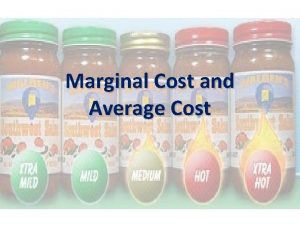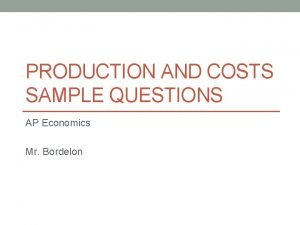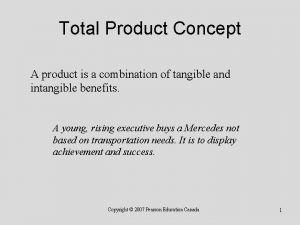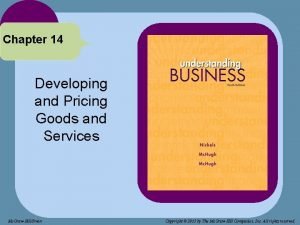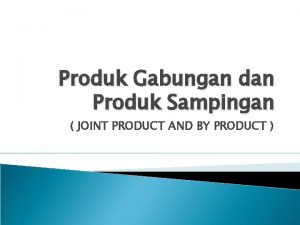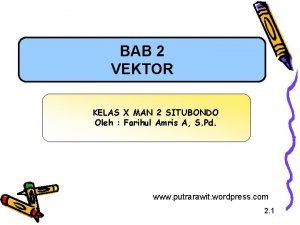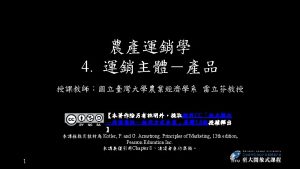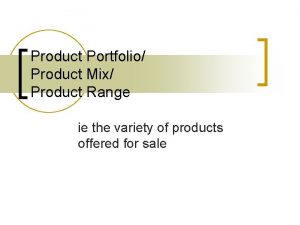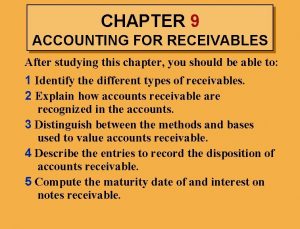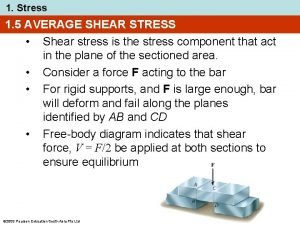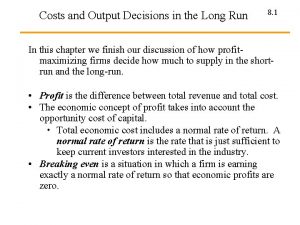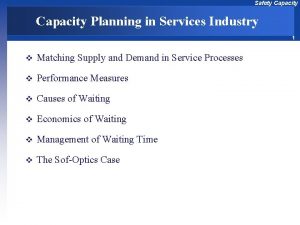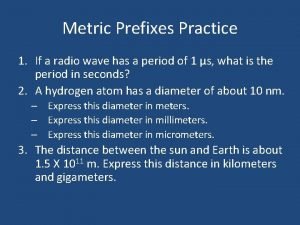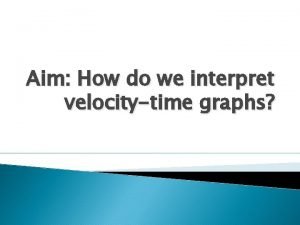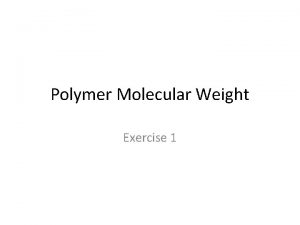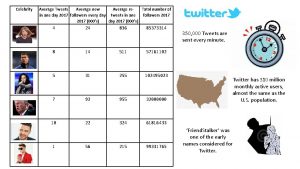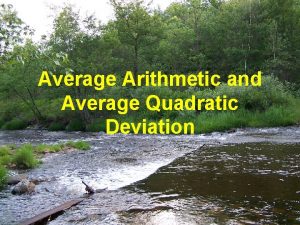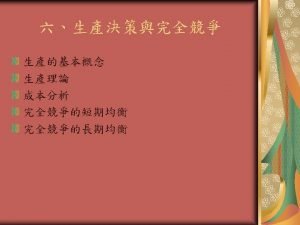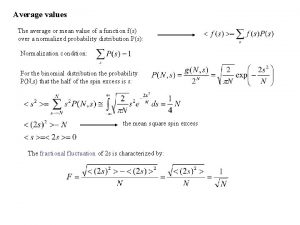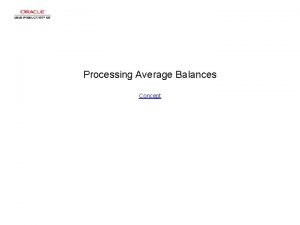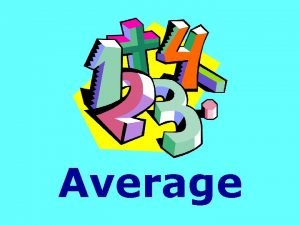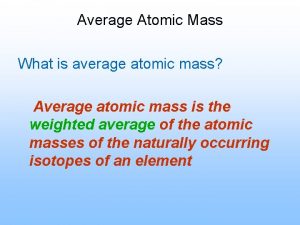1 Total Product TP 2 Average Product AP







































- Slides: 39








������ 1. ������� (Total Product : TP) 2. ������ (Average Product : AP) AP = TP X 3. ������ (Marginal Product : MP) MP = TP X

������������� (Total , ������� Marginal , Average Product) �������� (X) Q MPX = Q / X APX = Q/X 0 1 15 Q + 15 15. 0 2 X 31 Q + 16 15. 5 3 48 + 17 16. 0 4 59 + 11 14. 8 5 68 +9 13. 6 6 72 +4 12. 0 7 73 +1 10. 4 8 72 -1 9. 0 9 70 -2 7. 8 10 67 -3 6. 7




����������������� ( Input - Output decision ) Y = f ( X 1 / , X 2 , X 3 , … , X n( X 1 0 1 2 3 4 5 6 7 8 9 Y 0 5 12 21 32 40 42 42 40 36 Y / X 1 5 6 7 8 8 7 6 5 4 Y 5 7 9 11 8 2 0 -2 -4 X 1 1 1 1 1 Y / X 1 = MP 5 7 9 11 8 2 0 -2 -4


����������������� ( Input - Output decision ) ������� 1 ����� (Increasing Return to Scale) ������� 2 ������ (Diminishing Return to Scale) ������� 3 ������ (Decreasing Return to Scale)


�������� . 1 Linear function Q = a + b. X (���� Q = a + b 1 X 1 + b 2 X 2 + …+ bn. Xn )���� 2. Power function Q=a. K L (Cobb-Douglas Function) 3. Cubic function Q = a + b. X + c. X 2 + d. X 3




�������� (Marginal Rate of Technical Substitution) X 1 MRTSX 2 X 1 = A - X 1 B 0 X 2 Iq X 2 X 1 X 2


�������� (Isocost �������� curve) X 1 100 = 10 10 8 0 Slope = M/Px 1 = M. Px 2 M/Px 2 Px 1 M = Px 2 = - 5 = - 1 Px 1 10 2 A • 4 B • • C D • 100 = 20 X 2 5 �����M = 100 Px 1 = 10 Px 2 = 5




�������� X 1 MRTSX 2 X 1 = X 1 X 2 = -Px 2 Px 1 E X 1 0 Iq X 2 X 13 Expansion path X 12 X 11 0 A B C Iq 3 Iq 2 Iq 1 X 22 X 23 X 2

�������� (X 1) ������ (X 2) MRTSX 2 X 1 = X 1 X 2 Px 1 5 X = -1 0 X =2 2 1 4 1 2 - 0. 50 - 0. 20 3 3 5 - 0. 33 - 0. 20 2 10 - 0. 20 1 20 - 0. 10 - 0. 20 0 35 - 0. 07 - 0. 20 ����� Px 2 = 20 Px 1100 =

�������� X 1 5 X 1 4 3 2 1 - 0. 50 A - 0. 33 B - 0. 20 C D 0 2 X 2 5 10 MRTSX 2 X 1 = - 0. 10 E 20 X 1 X 2 - 0. 07 F 35 X 2

������ (Return to scale) 1. Constant returns to scale 2. Increasing returns to scale 3. Decreasing returns to scale

������ (Return to scale) Y Y 0 Y 3 Q 3 = 30 Q 2 = 20 Y 2 Q 2 = 20 Q 1 = 10 Y 1 Q 1 = 10 X X 1 X 2 X 3 Y Y 3 Q 3 = 30 Y 2 Q 2 = 20 Y 1 Q 1 = 10 X X X 3 1 2 Y 3 Y 2 Y 1 ���������

Constant Returns to Scale Q (a) (b) Q Y X, Y X

Increasing Returns to Scale Q (a) (b) Q Y X, Y X

Decreasing Returns to Scale Q (a) (b) Q Y X, Y X

Variable Returns to Scale Q (a) (b) Q Y X, Y X

Output Elasticity and Returns to Scale Output Elasticity Q = % Change in Output ( Q ) % Change in All Inputs ( X ) = Q/Q X/X = Q. X XQ

Output Elasticity and Returns to Scale ��� % Change in Q > % Change in X ������ Q ���� Increasing returns to Scale ��� % Change in Q = % Change in X ������ Q ���� Constant returns to Scale ��� % Change in Q < % Change in X ������ Q ���� Decreasing returns to Scale

Output Elasticity and Returns to Scale ���������� h. Q = f ( k. X , k. Y , k. Z ) ��� h>k Q >1 ���� Increasing h=k Q =1 ���� Constant h<k Q <0 ���� Decreasing

Output Elasticity and Returns to Scale Q = % Q = + 10 % % X = + 15 % + 10 % = + 6% + 10 % = - 3% + 10 % =1% = 1. 5 % = 0. 6 % = - 0. 3 %
 What is a firm
What is a firm Branches of motion
Branches of motion Average total cost
Average total cost Total revenues minus total costs equals
Total revenues minus total costs equals Total revenues minus total costs equals
Total revenues minus total costs equals Uafir fórmula
Uafir fórmula Total revenue minus total expenses
Total revenue minus total expenses Total revenues minus total costs equals
Total revenues minus total costs equals Average product of labor
Average product of labor Total product concept
Total product concept Total product offer
Total product offer Contoh produk bersama dan produk sampingan
Contoh produk bersama dan produk sampingan What is product line depth
What is product line depth Perkalian vektor dot dan cross
Perkalian vektor dot dan cross What is product mix in marketing
What is product mix in marketing Sifat dot product
Sifat dot product Domestic product and national product
Domestic product and national product Dot product vs cross product
Dot product vs cross product Core product actual product
Core product actual product Core actual and augmented product
Core actual and augmented product New product development and product life cycle strategies
New product development and product life cycle strategies Overall financial attractiveness of the proposed venture
Overall financial attractiveness of the proposed venture Wide product portfolio
Wide product portfolio Limitations of average bond enthalpies
Limitations of average bond enthalpies Average ring size for women
Average ring size for women Define mean average
Define mean average Average cost method
Average cost method Average daily balance method calculator
Average daily balance method calculator Chapter 9 accounting for receivables
Chapter 9 accounting for receivables Average shear stress
Average shear stress How to solve absolute deviation
How to solve absolute deviation Exponentially weighted average
Exponentially weighted average Minimum point of average cost curve
Minimum point of average cost curve Raven's progressive matrices
Raven's progressive matrices Capacity flow
Capacity flow Simpson drives his car with an average velocity of 48
Simpson drives his car with an average velocity of 48 Asvab meaning
Asvab meaning What is the average velocity of the object
What is the average velocity of the object Peak flow average
Peak flow average Number molecular weight
Number molecular weight


